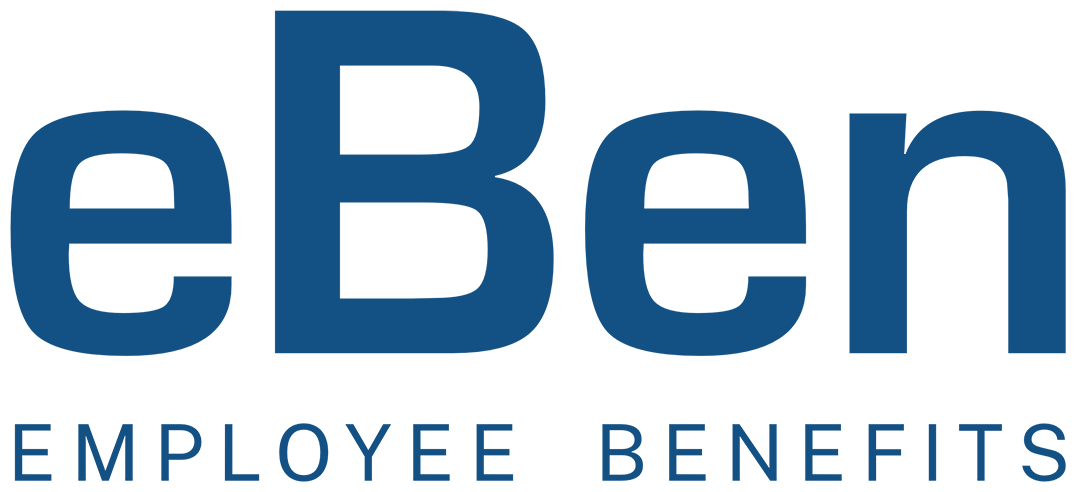The Internal Revenue Service (IRS) released Rev Proc. 2024-35 on September 6, 2024, announcing the Affordable Care Act (ACA) affordability percentage threshold for plan years beginning January 1, 2025. This percentage is adjusted annually for inflation and will be set at 9.02% for plan years beginning January 1, 2025. This change is an increase from the 2024 standard of 8.39%, and a change from 2023 and 2024, both years with decreases to the affordability standard.
The table below provides a historical perspective of the ACA affordability percentages since 2014:
| Year | Affordability Percentage |
|---|---|
| 2014 | 9.50% |
| 2015 | 9.56% |
| 2016 | 9.66% |
| 2017 | 9.69% |
| 2018 | 9.56% |
| 2019 | 9.86% |
| 2020 | 9.78% |
| 2021 | 9.83% |
| 2022 | 9.61% |
| 2023 | 9.12% |
| 2024 | 8.39% |
| 2025 | 9.02% |
ACA Affordable Offer of Coverage
Under the ACA, employees are generally not eligible for a premium tax credit to buy a qualified health plan through the Health Insurance Marketplace, also known as the Exchange, if their employer-sponsored health coverage is considered affordable, minimum value coverage. Minimum value coverage is determined by ensuring that the plan’s share of the total allowed costs of benefits provided to the employee must be at least 60%, and the plan must provide substantial coverage of inpatient hospital and physician services.
To be considered affordable, an employee’s contribution for self-only coverage under the lowest plan cost option available cannot exceed 9.02% of the employee’s household income for the 2025 tax year. Employers exercise significant control over employee contribution rates and must satisfy ACA affordability rules to avoid penalties. Consequently, if a full-time employee of an employer subject to the ACA (an “Applicable Large Employer” or an “ALE”) receives a premium tax credit to purchase a health plan through an Exchange due to an unaffordable offer of coverage, the employer will generally be subject to certain ACA employer shared responsibility penalties. Click here for an article detailing the ACA pay-or-play penalties for 2025.
An ALE is an employer with at least 50 full-time employees, including full-time equivalent employees, on average during the prior calendar year.
Full-time employee generally means an employee who averages 30 or more hours of service per week.
Related Employers
ALEs include all related employers within the same controlled group.*
Note: Although related employers are combined to determine ALE status, each entity is separately responsible for the ACA pay-or-play requirements. Penalties assessed on one entity do not apply to other entities in the controlled group.
*Controlled group definition under Internal Revenue Code §414 generally includes parent-subsidiary groups, brother-sister groups, nonprofit organizations under common control, trades, and businesses under common control.
If an ALE offers multiple health plan options, affordability is determined based on the lowest-cost option for self-only coverage. This means that an offer of coverage is still deemed affordable even if an employee chooses to enroll in a higher-cost plan option as long as the lowest-cost option for self-only coverage satisfies the ACA affordability requirement.
Moreover, if an ALE offers specific regional plans for employees in different states, affordability is determined based on the lowest-cost option available to the employees in those specific states/regions.
IRS “Family Glitch”
Correction Final Rule
Family members of employees who are not offered affordable, minimum value employer-sponsored family coverage are now eligible for a premium tax credit to purchase marketplace Exchange coverage as a result of the IRS final rule correcting the ACA “family glitch” in October 2023. This final “family glitch” rule does not impact the ACA employer mandate rules or the ACA reporting requirements, nor does it change the ACA affordability calculations for employees. Click here for the ACA Reporting Reference Guide for more details regarding ACA reporting requirements.
ACA Affordability Safe Harbors
The ACA affordability requirement hinges on whether or not the employee’s contribution for self-only coverage meets the required contribution percentage (9.02% for 2025) of the employee’s household income for the taxable year. Since the IRS acknowledges that ALEs are typically not aware of an employee’s household income, the IRS permits ALEs to measure the affordability of their coverage using three different ACA affordability safe harbor methods listed below:
- Federal Poverty Line (FPL) – $113.20 per month for 2025
FPL Safe Harbor Note:
Annual income is defined as the mainland FPL amount for a single-member household based on HHS Poverty Guidelines for 2024.
For Alaska, the FPL amount is $141.38 per month.
For Hawaii, the FPL amount is $130.11 per month.ALEs may use any FPL guidelines in effect within six months before the first day of the plan year, providing employers ample time to calculate employee contributions in advance of the plan’s open enrollment period., Employers with calendar-year health plans generally use the prior year’s FPL since HHS does not typically release the updated FPL for the year until January.
- Rate of Pay
- Hourly employees: multiply 130 by employee’s hourly rate; then multiply that number by 9.02%
- Salaried employees: multiply the monthly salary amount by 9.02%
- Form W-2 (Box 1): not to exceed 9.02% of an employee’s Form W-2 Box 1 wages.
- W-2 Box 1 amount is divided by 12 for a monthly calculation, then multiply that number by 9.02%.
As long as an offer of coverage satisfies the ACA safe harbors listed above, the ACA employer shared responsibility will be met, avoiding penalties.
ALEs may use different ACA safe harbors for different categories of employees as long as the safe harbor is applied uniformly and consistently for all employees within that specific category. The ACA regulations provide the following examples of permissible employee categories for ACA safe harbor differentiation purposes:
- specified job categories
- nature of compensation (e.g., salaried vs. hourly)
- geographic location
- similar bona fide business criteria
Non-Calendar Year Plans
The ACA-adjusted affordability percentage is applied on a plan year basis. This means that non-calendar year plans with plan years prior to January 1, 2025 will continue to base affordability calculations for employee contributions on the 2024 standard of 8.39% until their new plan year begins.
ACA Employer
Shared Responsibility Penalties
The table below captures the employer shared responsibility penalties under the ACA.
| ACA Penalties | 2025 | 2024 | Notes |
|---|---|---|---|
| “A” Penalties §4980H(a)
“sledgehammer” penalty |
$2,900 ($241.67/month) |
$2,970 ($247.50/month) |
Penalty for failing to offer group health plan coverage to at least 95% of full-time employees (and their children up to age 26) for any month during the year and at least one employee enrolls in Exchange coverage with a premium tax credit.
|
| “B” Penalties §4980H(b) “tack hammer” penalty |
$4,350 ($362.50/month) |
$4,460 ($371.67/month) |
Penalty for failing to offer affordable, minimum value group health plan coverage to a full-time employee who enrolls in Exchange coverage with a premium tax credit.
|
eBen is here to help. Contact your eBen team members for further assistance or call us directly at (910) 518-9338.


